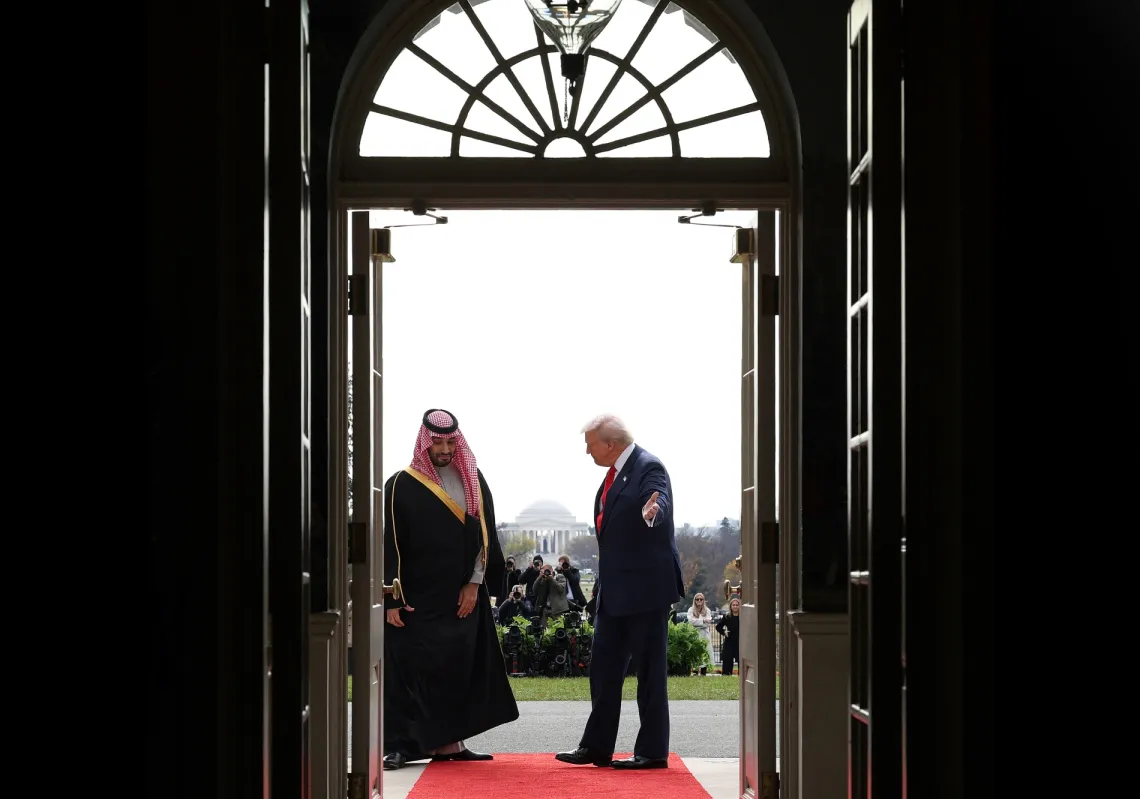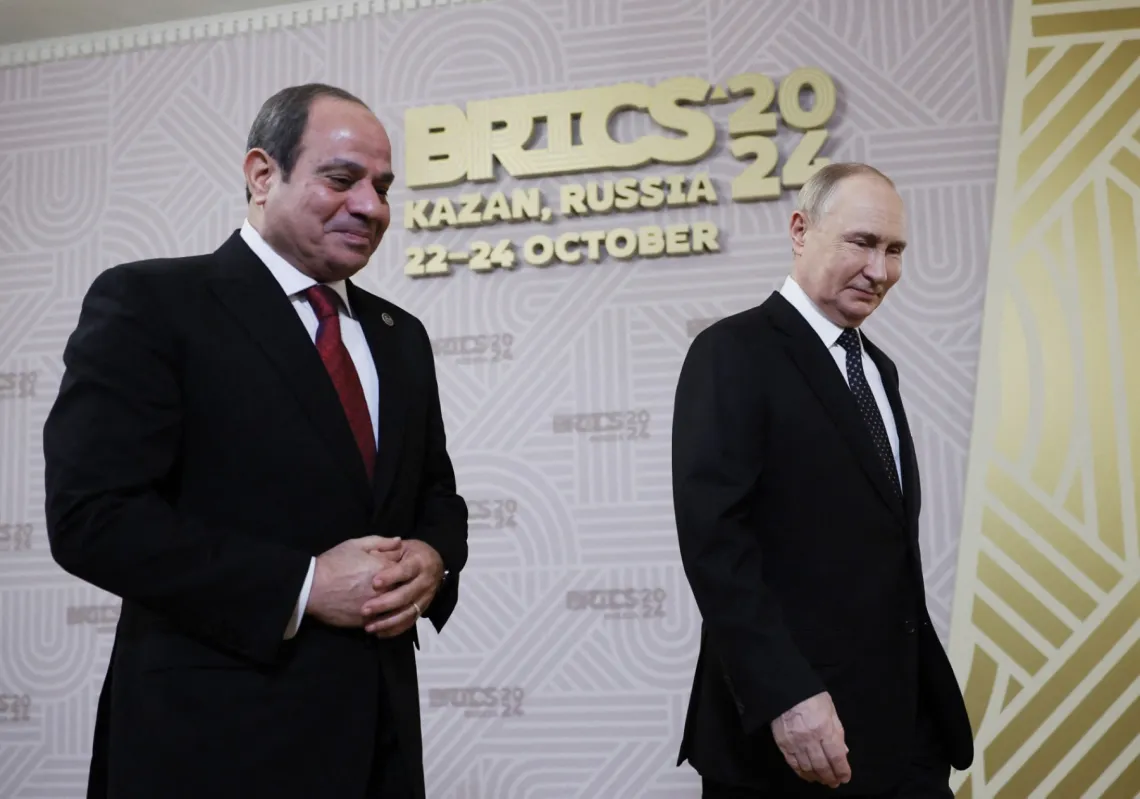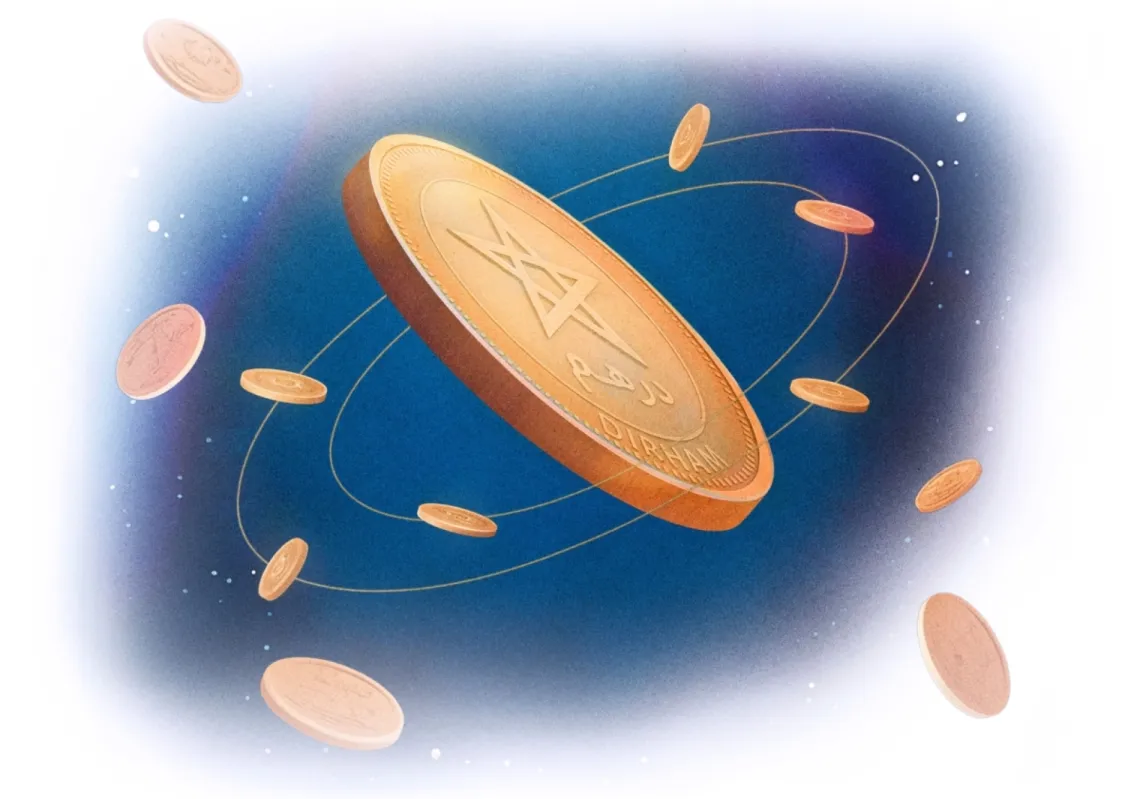While hydrocarbons have long been a major source of income for Saudi Arabia, so too has pilgrimage, given that it is the birthplace and nerve centre of Islam.
Yet in recent years, the reasons to visit Saudi Arabia have grown beyond the religious, as increased visitor numbers reflect an improved tourism infrastructure.
Today, tourism is one of the vital pillars of the Saudi economy and a key strand to its economic diversification.
There were nearly 106 million visitors to historical, entertainment, and other tourist sites last year, according to government data, but a large number of them were Saudis.
The government hopes to increase the number of foreigners in the coming years.
A prominent member of the G20, Saudi Arabia was ranked by the World Tourism Organisation as the second fastest growing country in terms of tourist attraction.
It saw a 156% increase in tourist numbers in 2023 compared to 2019, the last full year before the pandemic, according to the industry body.
This growth is in-line with the expansion of tourism in the Middle East, which increased by 122% in 2023 compared to 2019, while tourism elsewhere in the world rose by 88%.
Yet for Saudi Arabia, a country more used to exporting tourists than importing them, there are specific reasons for the rising numbers.
A mainstay has been the visits of Muslims for the purpose of Hajj and Umrah, but other factors have caused a qualitative shift in recent years.
Opening new sites
For a start, the Saudi authorities have adopted a policy of cultural and economic openness, and as part of this they have identified several attractive and interesting sites across the country that are worthy of visits and exploration.
UNESCO has identified six sites of historical and heritage value, including sites mentioned in religious scriptures.
These include Madain Saleh and the Al-Turaif district in Diriyah, which was founded in the 15th century and represents Najdi architecture.
Also, there is the historic city of Jeddah, dating back to pre-Islamic times.
Rock art drawings scattered over the mountains of the Hail region have interested archaeologists, who believe they date back more than 12,000 years.














